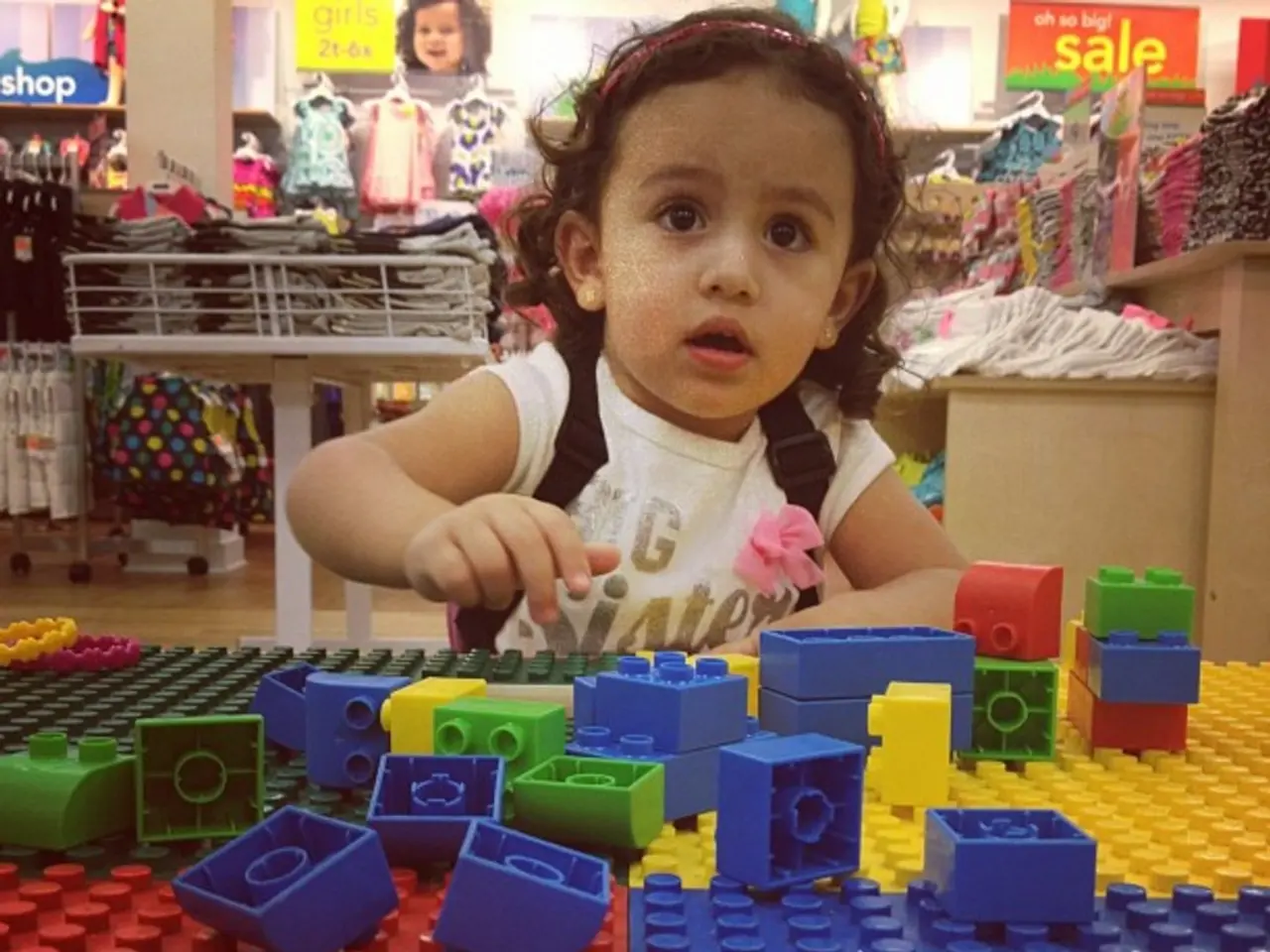Exploring the Distinctiveness Between Dark Night of the Soul and Kundalini Awakening
In the realm of spirituality, two distinct experiences have captured the attention of seekers worldwide: Kundalini Awakening and the Dark Night of the Soul. While both journeys share the common goal of spiritual growth and transformation, they differ significantly in their focus, origin, and role of the ego.
Kundalini Awakening: A Transformative Journey
Kundalini Awakening, a process rooted in Eastern traditions, is the activation of the dormant divine energy within, often described as an inner energy surge. This dynamic force, known as Kundalini or Shakti, works to transform and integrate the self, balancing masculine and feminine principles. The main focus of Kundalini Awakening is the feelings of joy and bliss from the death of the ego and the connection to the divine.
The Dark Night of the Soul: A Spiritual Crisis
The Dark Night of the Soul, a Western term, represents a profound inner disturbance that forces the ego to dissolve. This process involves intense ego death, purification, and surrender, with the primary focus on letting go and soul work for merging back to Spirit or higher consciousness. The Dark Night of the Soul emphasizes the challenges of surrendering the ego due to the Western emphasis on individuality and the building up of the ego.
Comparing the Two Experiences
| Aspect | Kundalini Awakening | Dark Night of the Soul | |-------------------|-------------------------------------------------------------------|-------------------------------------------------------------------| | Focus | Transformation and integration of the self | Ego death and surrender | | Origin | Rise of the Divine Mother/Shakti energy in the body | Inner disturbances—psychological, emotional, or spiritual | | Role of the Ego | Dissolves ego attachments through transformational energy work | Ego death through existential suffering and surrender |
Additional Context
- Kundalini Awakening demands readiness and healing as it catalyzes rapid growth and transformation of the whole self.
- The Dark Night of the Soul is more about the psychospiritual purification journey where one faces inner void, existential despair, and loss of identity before emerging into spiritual insight.
- In both, the ego is seen as an obstacle: Kundalini aggressively burns it away energetically, while the Dark Night dissolves it through existential suffering and surrender.
- Kundalini integration ultimately aims at wholeness and balance, while the Dark Night culminates in spiritual awakening or enlightenment through ego transcendence.
A New Perspective on Ego Release
Instead of viewing the release of the ego as a death, it can be considered a transformation. In Kundalini Awakenings, the death of the ego and the ego itself are not the main focal points, but rather small parts of the process. The process of the Dark Night of the Soul can be more focused on the euphoria of the transformation rather than the suffering needed to achieve it.
Cultural Perspectives
Eastern countries, where collective identity is emphasized, may find it easier to suppress the ego during Kundalini Awakening compared to Western countries that focus on individuality. In Western cultures, the ego is often equated with one's identity, making the release of it feel like a loss of self.
Conclusion
In conclusion, Kundalini Awakening is energetic and transformational with a divine source (Shakti energy) working to integrate the self, while the Dark Night of the Soul is a deep, often painful psychological and spiritual purification process focused on ego death and surrender to Spirit. Both involve the dismantling of the ego, but through different mechanisms and paths.
This article was written by Missy Marston, a guest author. She encourages love and light to all readers embarking on their spiritual journeys.
- Kundalini Awakening and education-and-self-development have a connection, as the experiences demand readiness and healing, similar to personal-growth endeavors that require self-awareness and preparation.
- The role of the ego in both Kundalini Awakening and personal-growth pursuits is significant as they both see the ego as an obstacle, requiring transformation or dissolution for spiritual growth and transformation.




